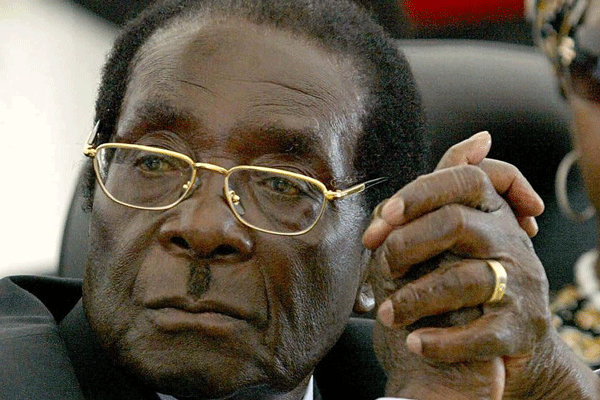
The raging typhoid outbreak in some of Zimbabwe’s cities and towns is yet another indication of the decay of the economy and infrastructure under President Robert Mugabe’s watch since independence 36 years ago.
Comment: The Standard Editor
As has become the tradition during the rainy season, Zimbabwe is on the throes of a typhoid outbreak, with Harare being the epicentre.
According to the government, two people had died of the water-borne disease last week and suspected 250 cases had been recorded in the capital city alone.
At least 22 of the cases had turned out positive by Friday.
Health and Child Care minister David Parirenyatwa said over 1 000 suspected typhoid cases had been recorded countrywide since the beginning of the rainy season about two months ago.
Predictably, Parirenyatwa and his Local Government counterpart Savious Kasukuwere have been trying to pass the buck, blaming the city council for the outbreak.
Only an unaccountable and irresponsible government would blame the swelling number of vendors on the streets selling all kinds of foods in unhygienic conditions on a mere local authority.
- Chamisa under fire over US$120K donation
- Mavhunga puts DeMbare into Chibuku quarterfinals
- Pension funds bet on Cabora Bassa oilfields
- Councils defy govt fire tender directive
Keep Reading
The increasing number of vendors on the streets of most of the country’s urban centres is a reflection of the economic ruin wrought by the Zanu PF regime.
That Zimbabwe is now associated with medieval diseases such as typhoid and cholera is a symptom of an economy that has been dragged back to the Stone Age.
Parirenyatwa and Kasukuwere are culpable in this tragedy because they are part of a government that has abdicated its responsibilities and is now at the forefront of destroying the economy.
Harare’s director of health services Prosper Chonzi tried to put on a brave face last week claiming there was no need to panic as the local authority was on top of the situation concerning the outbreak.
However, the flooding in the city’s oldest suburb of Mbare, blocked sewer pipes and erratic water supplies point to a ticking time bomb.
Streams of sewer water and residents fetching water from open sources have become a common site in Harare.
It is clear that the city fathers and government did not learn from the devastating 2008/9 cholera outbreak that killed more than 4 000 people throughout Zimbabwe.
Chonzi’s bravado in the face of a storm is puzzling because the health issues that were behind the cholera outbreak and subsequent typhoid cases in Harare in each rain season that followed the 2008/9 disaster have not been rectified.
Pollution of the city’s water sources has actually worsened as more raw sewer water is discharged into rivers that some residents rely on for drinking water.
Mbare, the epicentre of the latest outbreak, is populated by the city’s poorest and it is not surprising that typhoid has affected more people there because the overcrowding has resulted in frequent blockages of sewer pipes and general poor hygiene.
A long-term solution would be the decongestion of such residential areas but that would be a tall order given the economic situation in the country.
Instead of appointing useless inter-ministerial committees to deal with the symptoms, Mugabe’s government should be addressing the root cause, which is outdated infrastructure and overcrowding.
Mugabe is enjoying his holiday where he would be crisscrossing the world with stints in China and Singapore. There is no indication that he is worried about the looming disaster back home.
He is spending millions of dollars with his family but the government has not released any money to repair the burst sewer pipes and for garbage collection.











